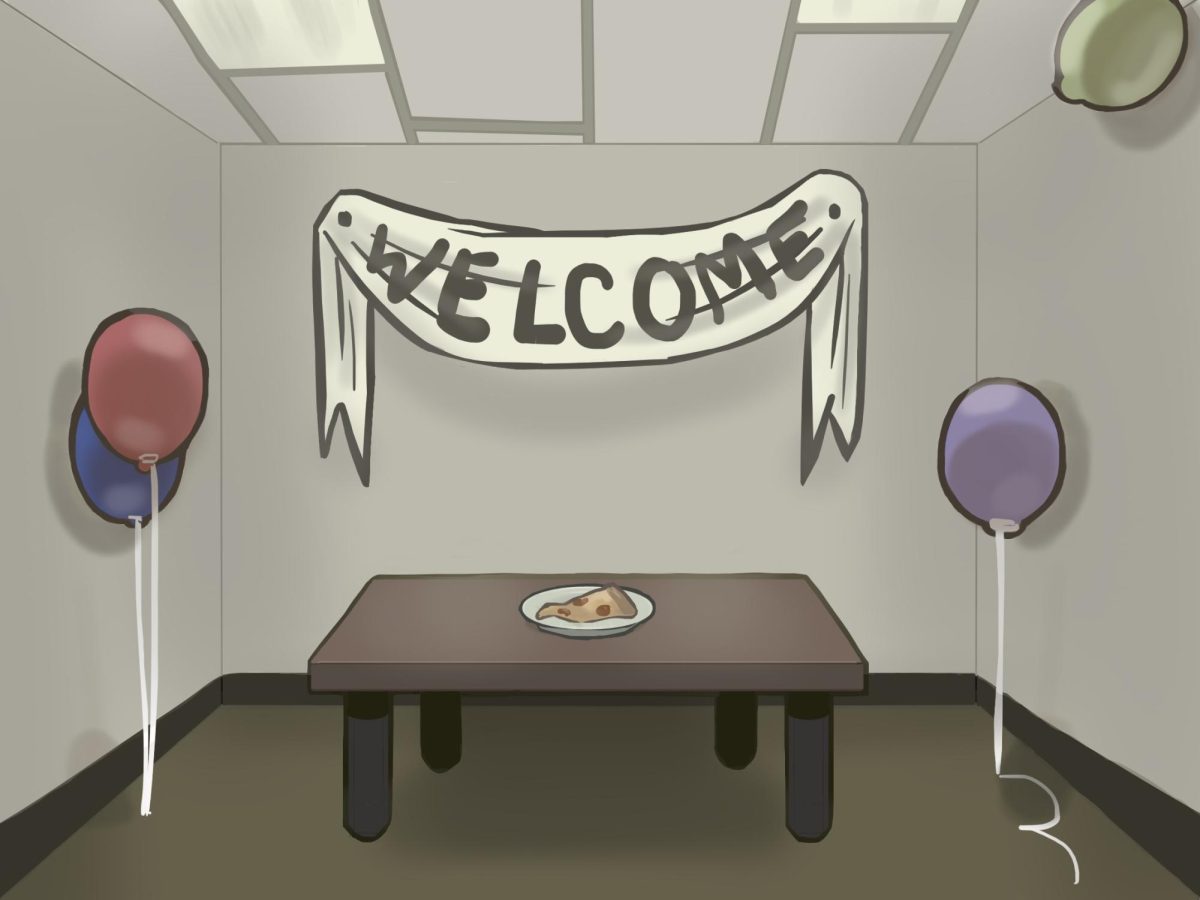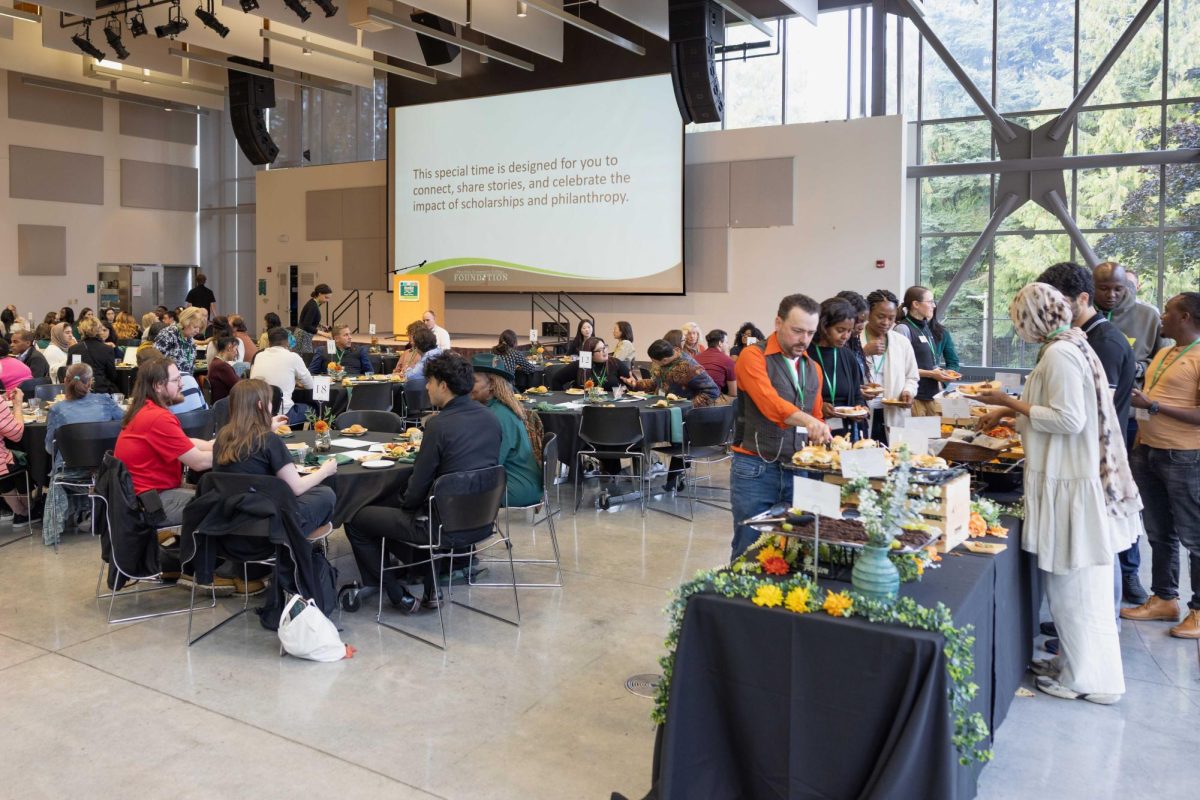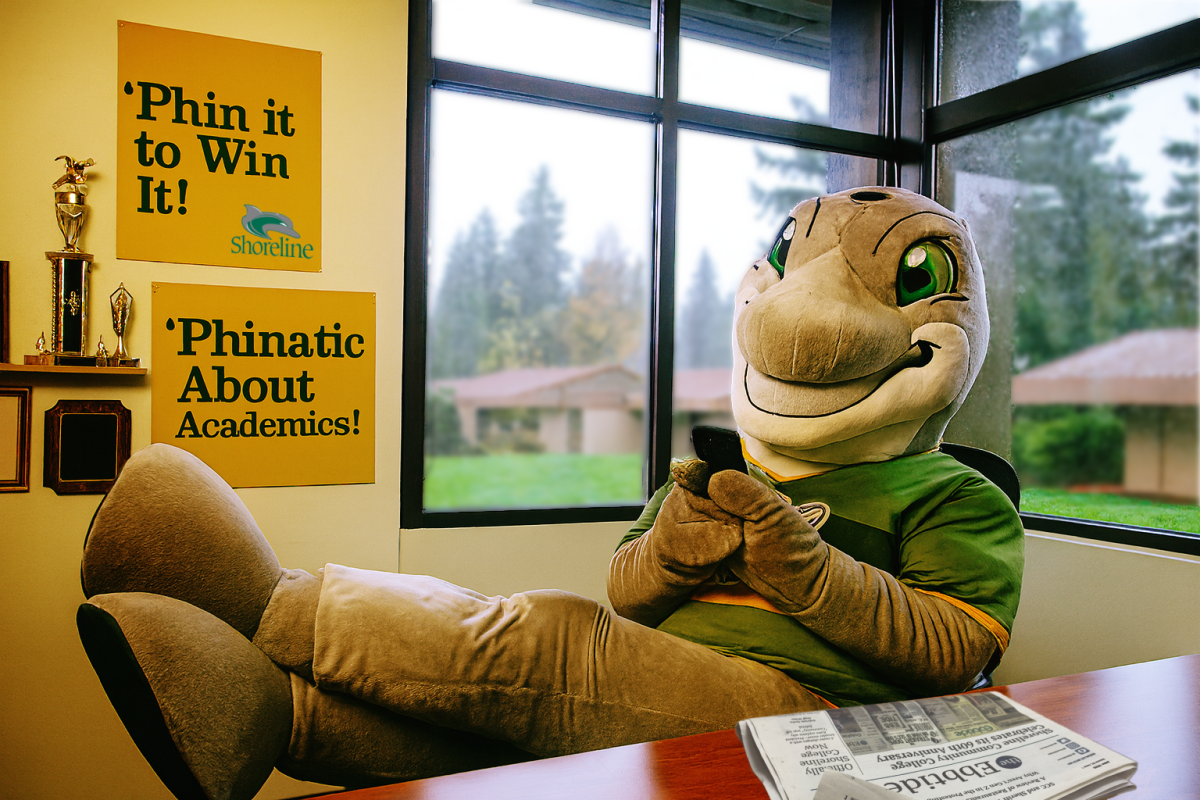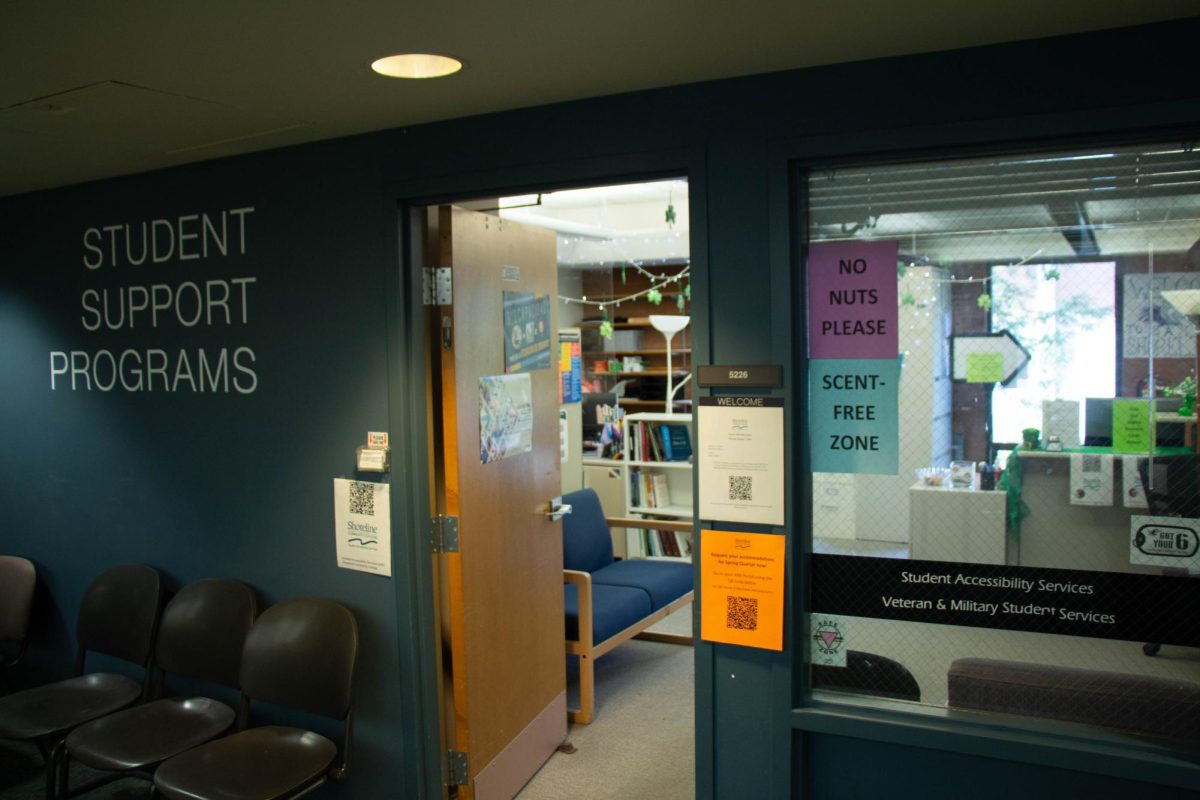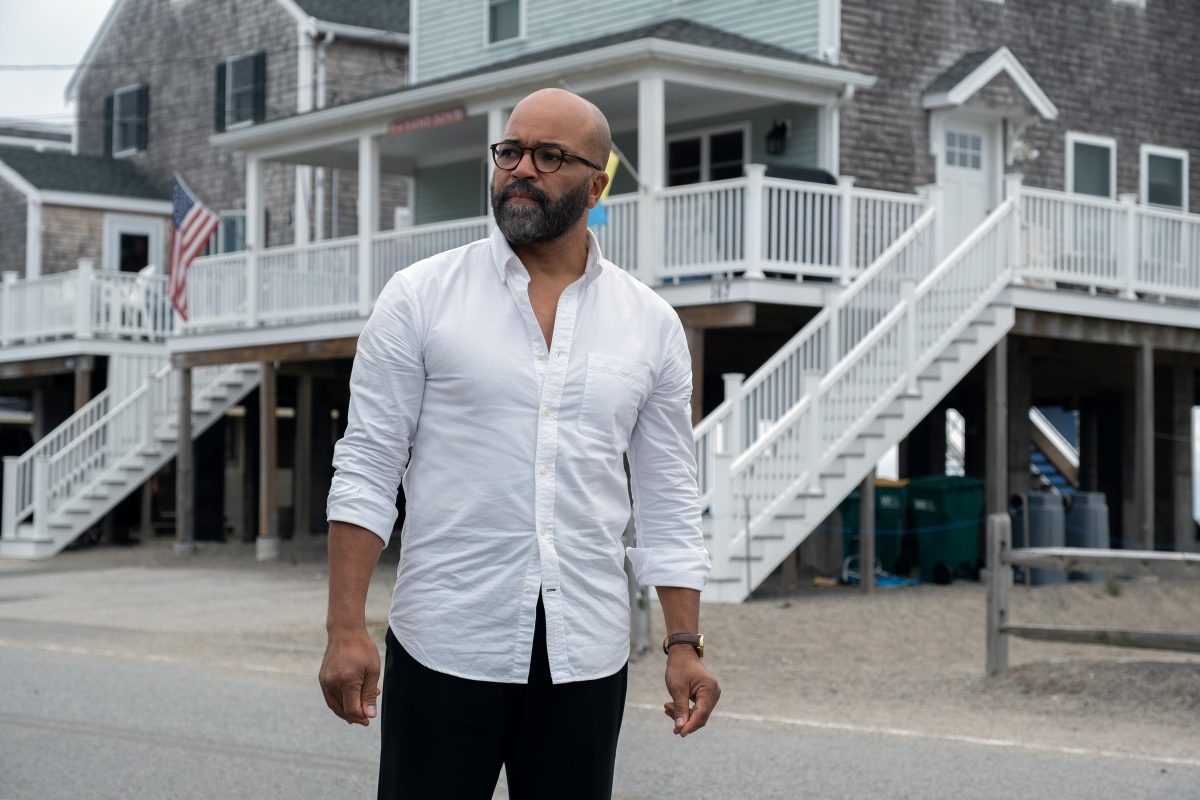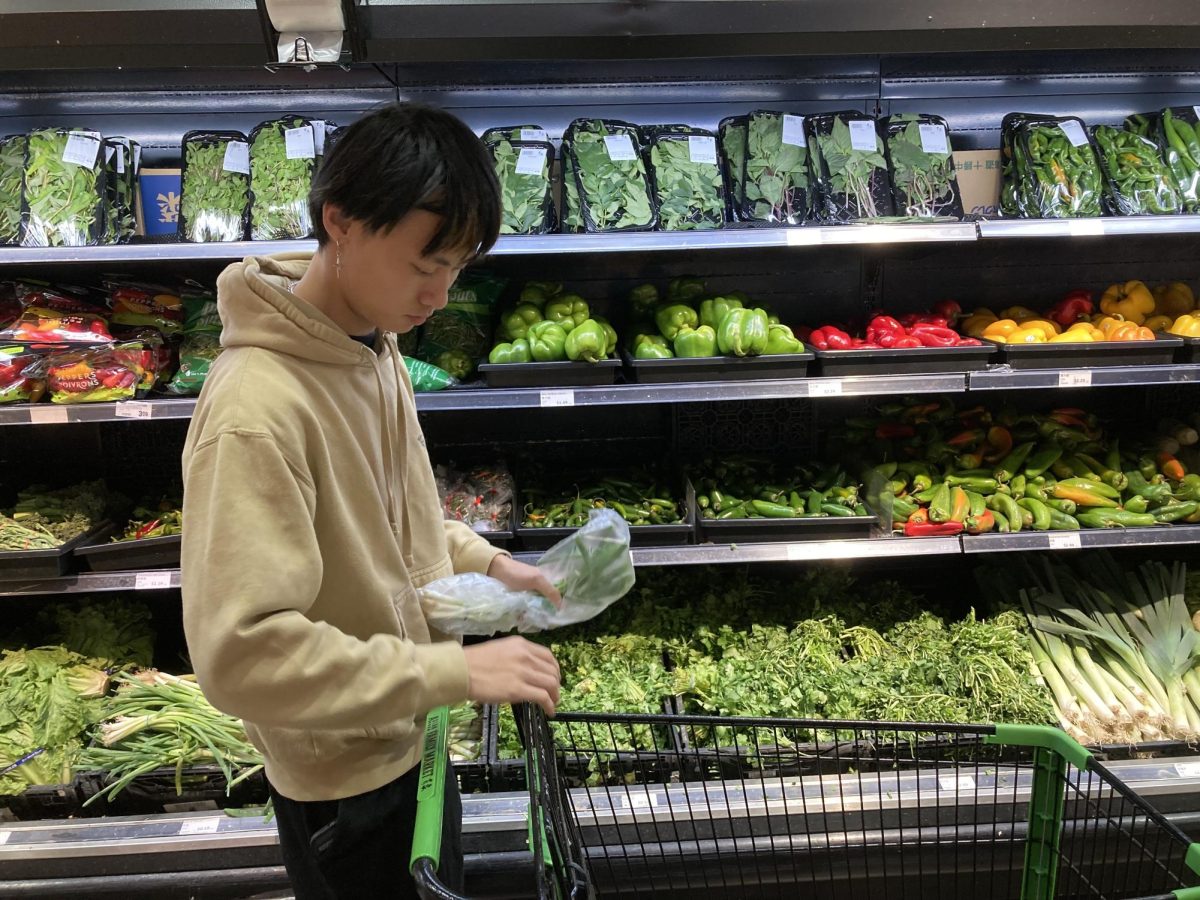Open Google Images on a smartphone and type in “popular scientist.” The bombardment of white hair and receding hairlines on old men may not come as a surprise.
It has long been the stereotype of scientists in popular culture. Cultural icons like Albert Einstein, Rick and Morty, The Big Bang Theory, Back to the future, Bill Nye and Breaking Bad all lead back to the same image. Scientists are depicted as old white men alone in cluttered work space, surrounded by quirky inventions, pouring together colorful liquids and causing explosions that change or bring a better understanding to the world.
But it is not just popular culture. According to statistics gathered by Brookings, a public policy organization based in Washington, D.C., it is a demographic norm. Data collected on more than 4,000 tenure track professors across 40 public institutions in the 2015/16 school year showed stark numbers for diversity in STEM programs.
Linda Kuehnert
Kuehnert reminisces about her childhood in North Vancouver, B.C., Canada. Despite gender roles discouraging women from pursuing careers in science, her enthusiasm for scientific experimentation and natural curiosity led her parents to hide the chemicals in the house.
“I was not going to be anyone’s secretary,” Keuhnert said, adding that she chose not to take typing class in highschool as an act of rebellion against the school’s attitude towards women. Ironically, she now does a ton of typing as a professor, she said.
At SCC, the chemical closet is unlocked. Now, she gives demonstrations in the lab, like dipping items in dry ice to shatter them or creating super balls from chemicals commonly used in the lab. In one demonstration she created iodine crystals out of iodine gas without going through the liquid phase, a process called deposition (the opposite of sublimation).
She attended Washington State University, where she was the only woman in her physics class. There, she faced the same attitude towards women that she did in high school.
After meeting her husband, she left school with the interest of starting a family. But after her father died, when she was 30, she was inspired to go back to school and pursue her dreams in science.
“I believe [life] is a short amount of time and you don’t get a re-do,” Keuhnert said. “It’s not about the big house and the country club lifestyle. I think that’s a waste of life, actually, if you are not giving back.”
While attending Everett Community College to pursue becoming a nurse specializing in babies, she met her chemistry professor, Mary O’Brien, who became her mentor. Keunhert said O’Brien inspired her to teach, so she could do for others what O’Brien did for her.
“At that time if it had been a mentor that was a white male, I might have been less receptive, because I have been in classrooms where there is no other female, period,” Keuhnert said.
She has been teaching chemistry at SCC since 1996 and is grateful for the diverse staff that she works around.
“My coworkers have stories that are so much more inspirational than I,” Keuhnert said, “My pathway here? It’s non-traditional, but most everybody here has this non-traditional pathway.”
Guy Ting

Growing up on Maui, there were few science labs and courses available in Ting’s high school.
“I was actually planning on becoming a math major,” Ting said. It shows in his classroom where he teaches general chemistry.
The equations can be long and daunting when learning basic reaction methods but Ting pulls them apart and explains each step with a smile on his face.
In his classroom, he is constantly empathizing with his students, warning them when an upcoming chapter will be equation heavy.
Ting was a first generation college student, who traveled to Colorado for his initial college experience.
“A lot of my peers were going there as well so we all traveled together,” he said. In Colorado, he gained more exposure to science and got his Masters in chemistry before moving to Seattle to work at the UW.
“When I first started college it was mostly the typical kind of college professors,” Ting said. The lack of diversity had little effect on his education, he said, because the prospect of learning excited him. It wasn’t until leaving college that he started seeing more diversity in the STEM field.
While attending the UW, Ting was asked to assist in teaching general chemistry at a community college. He “fell in love” with teaching immediately, he said. Ting taught across the Greater Seattle Area after graduating from the UW before he found a home at SCC.
“I felt more at home with the Shoreline campus vibe. More like I belonged,” Ting said.
Last year, when he received tenure, there was a ceremony that his parents were able to attend. His parents were “happy to see the positive environment where I work,” he said.
Ting currently teaches the general chemistry track, as well as the honors version of general chemistry, where students dive a bit deeper into the subject. He expressed excitement at the prospect of teaching organic chemistry this summer, because that’s where his roots are.
Torrey Stenkmark

Dressed as an X-Wing pilot, Stenmark stood alongside a fermentation tank at a brewery in Lake City at a charity cosplay event. A 3-year-old child, who mistook the tank for a rocket, asked her how rockets go to space.
Being a chemistry teacher, Stenmark was able to break down basics for the child.
“I wanted him to have fun and I don’t want to make something up or lie to them, kids are smart, they’ll figure that out,” Stenmark said.
Stenmark doesn’t just talk the talk, she walks the walk, integrating chemistry into all the aspects of her life. Before her 10 years at SCC, she taught everything from remedial chemistry to organic chemistry.
Outside of school, Stenmark has performed award winning cosplay in GeekGirlCon, which celebrates the legacy of women in science, tech, comics, art literature and game-play.
“I sew and make all my own cosplay, dyeing fabric, changing the color, which is straight out of chem lab,” she said. “It’s just chemistry I can wear, at the end of the day.”
She also participates in charities for children’s hospital, lightsaber duels and a science community outreach program.
“I’ve wanted to be a scientist for as long as I can remember,” but did not find her specific love for chemistry until high school, Stenmark said. Though she entered her graduate program with the aim of working with pharmaceuticals, she found her duties as a TA more enjoyable than the lab work.
Stenmark found a satisfactory amount of diversity in her schooling. She appreciated the availability of support groups, specifically in the college environment. She talked about the importance of that kind of representation in the science field.
“If you see people like you, you know people like you can make it,” she said
Stenmark keeps LGBTQ stickers on the back of her laptop to show students there are queer faculty at the school. She does this to help represent the kind of diversity that is not surface level.
As far as campus staff, Stenmark thinks that SCC is doing well but could do better. She mentions that encouragement and representation are not enough to grow the field of science, but that it is a systemic problem as well.
“[When an adult is] dropping out of college and STEM and picking a different field, it’s because the whole fat deck is stacked against her. And if we can fix that, that’s what’s going to solve the problems. It’s not just telling girls they can do anything. It’s making sure they can do anything,” Stenmark said.



